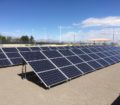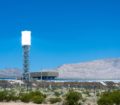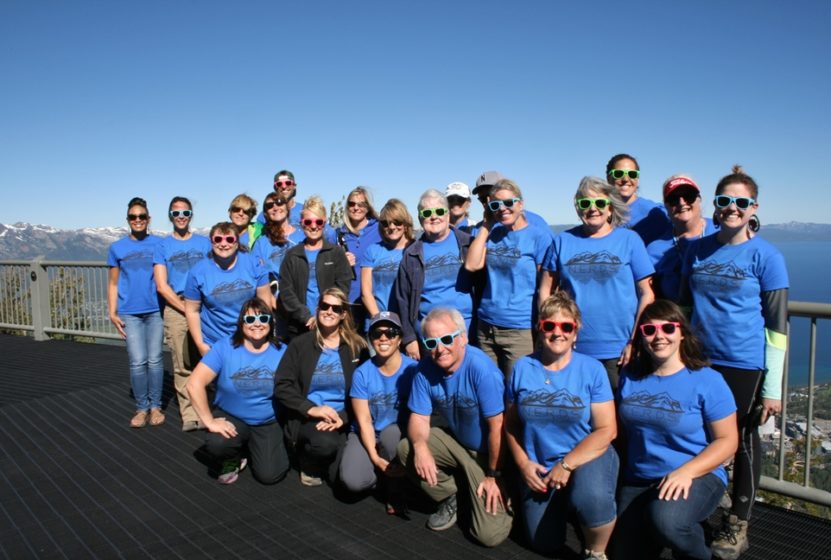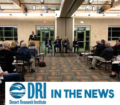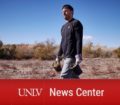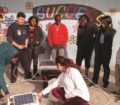NERDS 2016 in the Field at Heavenly Summit
–NERDS Photo Collection
Training ‘Solar Savvy’ Teachers
The NEXUS NERDS program gives educators the tools to teach students about solar energy
By Jane Palmer
September, 2016
Nevada school students enjoy sunny skies and ‘electricity on tap’ on a daily basis, but that doesn’t necessarily mean they know the association between the two. Enter the NEXUS Nevada Educators Really Doing Solar (NERDS) program, which aims to connect the dots between the Sun’s rays and energy production for students, by providing their teachers with a unique educational experience.
The NERDS program brings high, middle and elementary educators to the University of Nevada Reno (UNR) campus each spring and fall, and takes them out into the field each summer, to teach them about solar power and the links between this sustainable form of energy and the environment. The goal of the program is to equip these teachers with both knowledge and tools that they can take back to the classroom environment.
“When you look at the number of students that a single teacher can impact over the course of a few years, it’s critically important,” says Dr. Jacque Ewing-Taylor, the education workforce component lead for the NEXUS project. “When you’re a Nevada high school teacher, you’re looking at 30 to 40 students, seven or eight times a day, so you’re reaching hundreds of students a day.”
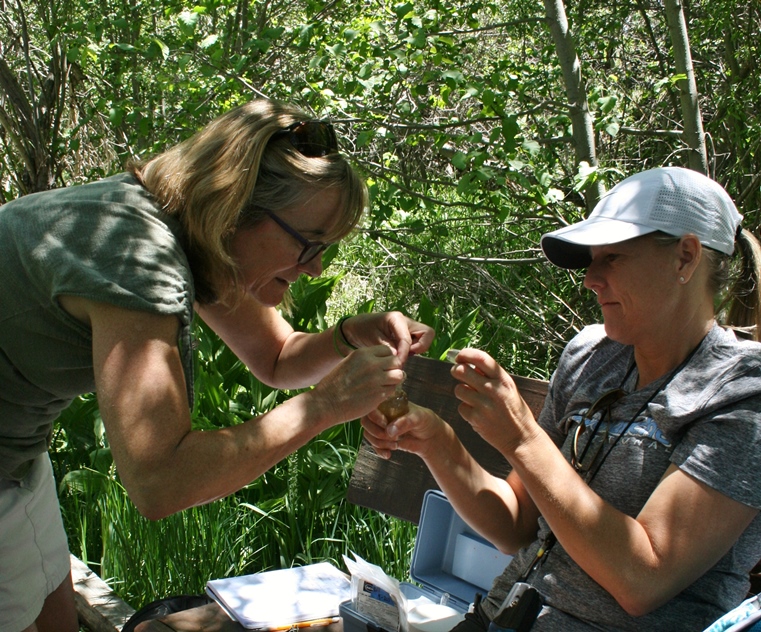
NERDS 2016 In the Field Testing Water Quality
–Shanelle Davis Photo
A Year in the Life of a NERD
During the course of the year, the NERDS program provides an understanding of the science supporting solar energy and also helps educators develop the best means to teach their new knowledge. Through the classroom instruction, the teachers learn the information and then create lesson plans aligned with the Nevada Academic Content Standards for Science, which they can then go back and teach in their own classrooms. Through a process of iteration and feedback, these teachers then revise the lesson plans as needed and, when the plans have proved effective, they post them on the Internet for all teachers to use.
The program also introduces teachers to the current research in the field of science education. Through both instruction and fieldwork, the teachers learn about the processes involved in science inquiry, the benefits to students of learning by inquiry and a selection of the methodologies used to encourage the inquiry process. Having learned the theory in the classroom, the teachers themselves engage in the scientific inquiry process, much like they were research scientists during the field program in the summer.
“To the extent that we have been able to, we use faculty who are doing research on NEXUS project pieces to come work with the teachers on the content piece, and then we bring in master teachers to work with them on the pedagogy pieces,” Ewing-Taylor says.
Each year, the summer program focuses on a different aspect of the nexus between solar energy, water and the environment, enhancing the classroom instruction. For example, in 2016, the teachers learned about the current research in the field of water resources and quality in Lake Tahoe Basin. During the week the teachers collected samples for Hach Kit testing, made observations, and discussed how to record data. Once back from their field, they discussed investigable questions and presented their findings.
“You get them in a professional development situation where they’re learning and they’re experiencing a lot of what their students experience when they’ve got a new concept: that dissonance, that uncomfortableness, that ‘I don’t like not knowing all of this stuff,’ Ewing-Taylor says. “And then, at some point, you see the light bulb go on.It’s just phenomenal. Then when you watch them bring it into the classroom, it’s just a wonderful thing.”
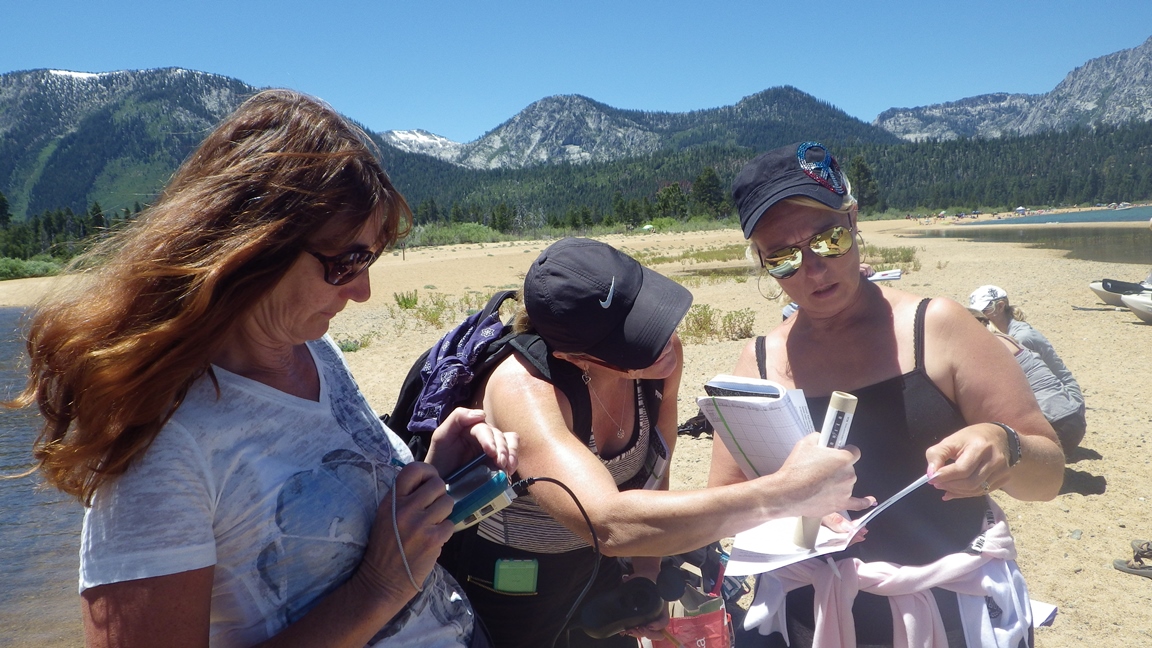
NERDS 2016 In the Field Testing Water Quality
–Jim Shafer Photo
Establishing the Pipeline
Current and previous iterations of the NERDS NERDS program have run for a total of 14 years and the feedback from the 400 teachers that have taken the program has been resoundingly positive, Ewing-Taylor says. “I often get feedback from a teacher that says ‘I was a NERD a few years ago and I’m still using that lesson plan I created and my students still love it,'” Ewing-Taylor says.
The theoretical foundation of the program is based on studies by the education scientist Albert Bandura, which suggest that students who believe in their own competence and feel efficacious, perform better. By giving the teachers, who are in this instance the students, the opportunity to understand their subject fully and craft the tools to teach, the NERDS program increases the teachers’ own sense of competence. ” We have seen the teachers make significant strides in their own teaching efficacy, in science teaching in particular,” Ewing-Taylor says.
The goal of the NEXUS education component is to create a pipeline of STEM-trained students, educators and workers, while increasing public understanding of solar energy, water, and the environment. In addition, by building this pipeline, Ewing-Taylor hopes to also change the current and future workforce in Nevada. The NERDS program unites the two missions of the education workforce component, by training teachers who then carry their newly learned skills into the classroom. “We have NERDS in classrooms all over Nevada, helping students to love science and to think critically about their world,” Ewing-Taylor says. “These teachers show their students how fun science is.”
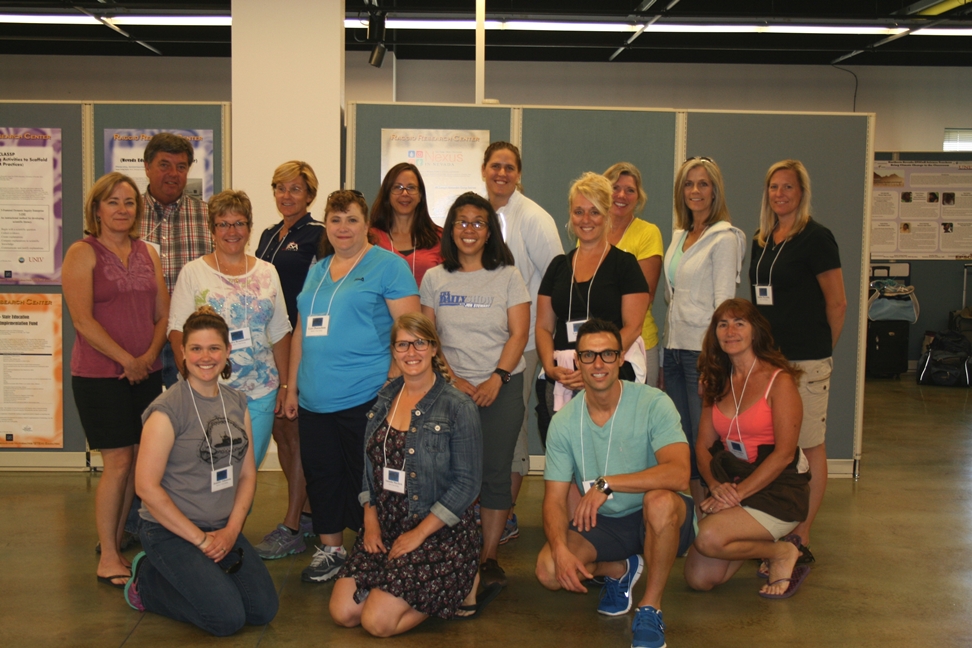
NERDS 2016 In the Classroom
–Pamela Smith Photo
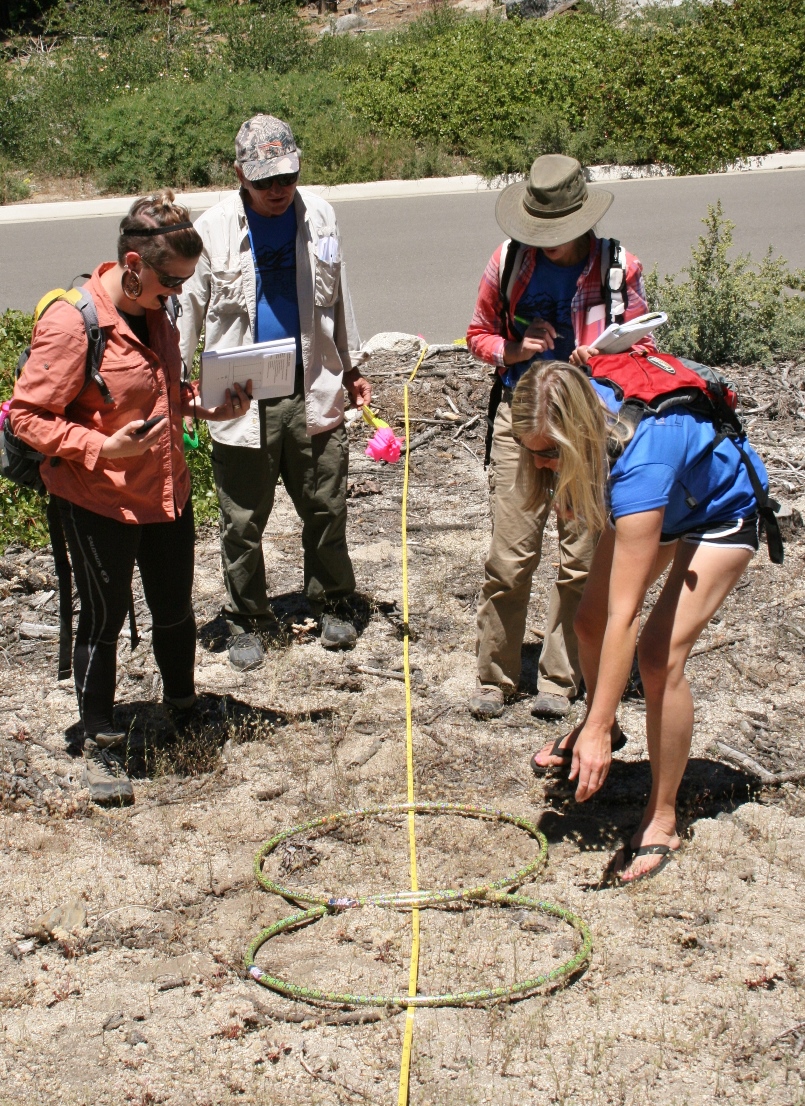
NERDS 2016
Learning Scientific Sample Methods
–Shanelle Davis Photo
_______________________________________
A NERDS Participant Shares Her Perspective On The Program
_______________________________________
I have had the amazing opportunity to work with the NERDS program during three separate course cycles. NERDS is by far the best professional development I have participated in throughout my 13 year teaching career. NERDS is approachable and engaging through any content area, grade level and site demographic. The investigative nature of the sciences extends through all good pedagogy. Inquiry-based instruction is good for ALL students, and being taught through the very methods that we are seeking to imbed within our own classes makes it so much more practical, engaging, and relevant. Having this unique and extended experience of field-based research in tandem with phenomenal expert collaboration and instruction makes NERDS the most inclusive, coherent and comprehensive coursework available to teachers today. NERDS has not only improved my teaching, my collaboration, and my data collection, but it has given me a wider breadth of comfort in testing my own growth, comfort zones and thinking in my own classroom.
-Jen Johansen
High school teacher at Proctor R. Hug High in Reno, Nevada
High school teacher at Proctor R. Hug High in Reno, Nevada
_______________________________________

September 2016
_______________________________________
NEXUS Notes is a monthly publication of the Solar Nexus Project, which is a five-year research project funded by the National Science Foundation’s Experimental Program to Stimulate Competitive Research “EPSCoR” (grant #IIA-1301726) focusing on the nexus of (or linkage between) solar energy generation and Nevada’s limited water resources and fragile environment.
Any opinions, findings, and conclusions or recommendations expressed in this material are those of the author(s) and do not necessarily reflect the views of the National Science Foundation.
_______________________________________

